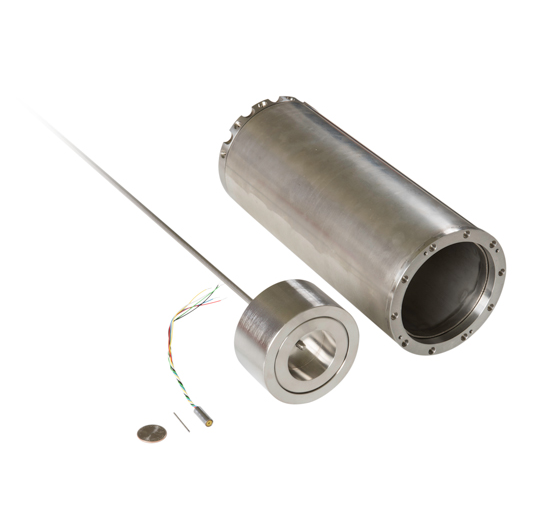What’s Best for Your LVDT Needs: Standard, Modified, or Custom?
Written by transtek_admin on 09/01/2023

More and more, LVDT buyers find themselves faced with a choice: should they use a stock unit that doesn’t exactly meet their needs, then make accommodations on their end. Or the reverse, have the LVDT modified to meet their specs, thus simplifying production by making installation less complicated. Or in more extreme cases: go full custom. Let’s look at the options.
Clearly, the ideal situation is if the application could use a standard configuration. Often, this is most cost effective. Also, standards tend to have much shorter lead times, as the units may be in stock. Or at least, all the materials and components to make them are readily available. But more often, we are seeing that this is not the case: standards aren’t meeting the buyer’s need.
Modified Standards
In this case, the customer will start with a standard unit, and make changes to some of the attributes such as materials or wire configurations. While costs may be a bit higher than a standard, a “modified standard” typically saves the manufacturer money over time, specifically labor and material resources. The old economies of scale rule applies here: longer runs will add up to larger savings over time, while shorter runs and prototypes will have larger price tags attached to them.
Modification/Customization Options
There are lots of factors of an LVDT’s construction that may be customized. These include:
Overall Dimensions and Shapes – which will affect the size and type of housing used.
Material Requirements – this typically refers to the material used for the housing, but could apply to other components.
Connectors – keep in mind that LVDTs are relatively simple sensors that collect and transmit data. This info could wind up in an extensive variety of instruments and components, with varying inputs and operating conditions, which ultimately dictate the connector requirements. This customization may include the connector type, material, plating, or other aspects.
Wire Properties (Length/Gage/Shielding) – often the wire is customized to accommodate the output, voltage requirements and how far it needs to run. For instance, longer lengths and certain environments will likely require higher gauges, and noise resistant shielding. Shielding properties may be needed for the housing as well, depending on its use. As for the gage, typically, smaller units require smaller gage wire, but in certain cases, the units need thicker wire. This is especially true for extreme uses, where the unit may be subject to vibration, movement, or something else.
Full Custom LVDTs
In other cases, a full custom LVDT is needed, where all, or mostly all, of the attributes deviate from standard options. In the most extreme custom situations, not a single stock component is used. All components are custom ordered or fabricated. While the cost of these may be greater, the buyer is left with little choice since a modified standard won’t meet their needs.
Many customized LVDTs are used in more extreme environments and need to be ruggedized. The design and materials for these units will change depending on the threat the device is likely to encounter. These include temperature extremes, shock and vibration, or marine environments that could require considerations for salinity, pressure and of course, water exposure. For example, a unit used for downhole drilling has unique requirements for vibration, pressure, and waterproofing. These needs translate to a completely custom unit: housing, materials, wire, and additional features such as epoxy insertion.
So, will off the shelf do it? Often, yes, it still does. But more and more buyers are requiring either modified standards or complete customs for their ever-changing needs. Our words of advice: when making a decision, don’t simply consider the cost of the sensors, think about the bigger picture. You’re goal is to keep your manufacturing process efficient, while keeping costs in check.
Need help selecting which approach is best for your needs?
Contact us, we’re happy to review your specs and share our advise.
